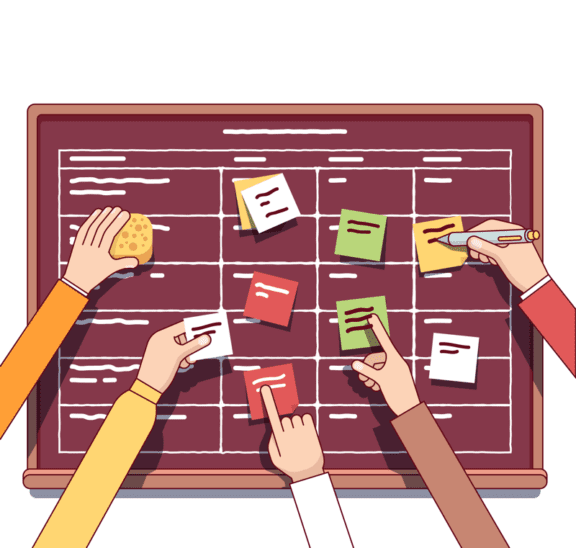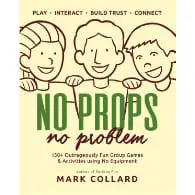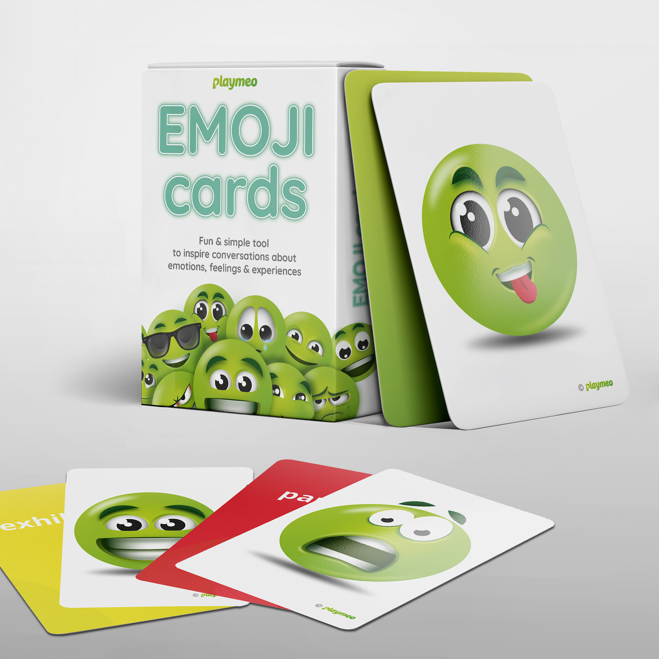20+ Fun & Engaging Ways to Form Random Pairs
So you’ve asked your group to pick a partner so that you can form smaller teams and… they immediately make a beeline to their best…

A playmeo member recently asked:
I’m creating a team building program for summer camp. I understand how to run each activity but I don’t know how to connect them in a way that flows. Do you have sequencing advice?
This was my response:
Sequencing is one of the most important tools you can apply to a program of activities to create remarkably fun outcomes that make a difference to the groups you work with. This is especially true for many long term programs such as summer camps.
This critical programmatic tool is best described in detail in some of my books, most recently in Serious Fun and No Props No Problem.
In each, I describe a step by step plan that will help you create a natural flow to all of your activities but, most importantly, help you plan and design the most appropriate activities to suit the needs and abilities of your group.
I have referred to this sequencing model as The Difference Model in my books, but let me share three of its most critical elements:
Articulating the difference you intend to make in your program is by far the most critical step in creating programs that flow. Please note, this is not the same as ‘setting a goal’ – this is a useful step and I will always argue that setting a program goal is better than not setting a goal. But pushing past your program goals (which are typically expressed from your – the leader’s – perspective is not enough. When you articulate the difference your program intends to make goes one step higher because it is expressed from the context of your participants and is typically imbued with feelings.
For example, I expressly state that the difference many of the professional development workshops I present is to “inspire, equip and empower” my participants. Everything I plan and present is processed through this lens, which is why my programs appear so seamless because every activity is designed to influence the way my group is feeling towards achieving whatever they are trying to get done.
Respecting the unique needs and abilities of your group demands that you acknowledge their Zone of Proximal Development, or if this idea is new to you, their Comfort and Stretch zones. To this end, one of the biggest mistakes most program leaders make is playing ‘ice-breakers’ as distinct from intentionally breaking the ice. That is, simply leading a series of “icebreakers” (as you may refer to them) is not the same as leading experiences that break the ice. You can learn more about what makes an icebreaker an icebreaker by clicking here.
I dedicated a whole episode in my Facilitator Tips video tutorial series to this topic, but in short – framing is another critical key to designing a series of activities that flow. At all points in your program, it should be possible for you and your group to be able to answer Why are we doing this? If your group, or certainly you, can not answer this question, you’re in trouble. Moving seamlessly from one activity to the next is not just about gradually building the requisite skills of your group. Help your group understand how one activity morphs into the next one.
For example, you may lead a series of experiences that help your group to feel more comfortable interacting and sharing with one another before introducing a discussion that demands integrity and honesty. Or, you may invite your group to reflect on a certain attribute of the previous experience (eg subtlety) and connect it to the next experience which leverages this particular attribute or skill.
There is so much more to sequencing than the three points I share above, and to be fair, every program and group is different.
If you’d like to learn more about how you can sequence your programs more effectively, feel free to arrange a time with me to discuss your particular program needs. If you’re a playmeo member, my time is free.
For example, perhaps once you have a basic program planned out, feel free to bounce these ideas off me to provide you with any feedback or alternatives.
Get Help

Best-selling book featuring 150+ fun group games & activities. Scan QR codes to access digital content including videos.

Brand new deck of cards featuring emoji images to help you inspire conversations about emotions, feelings & experiences.
Download our free 28-page ebook jam-packed with outrageously fun activity ideas.
Just one more question:
Share this with friends and colleagues.
We offer a range of membership plans with no surprises.
Click an option below & discover our simple pricing.

Click here if you’re a:

Click here if you represent a:
Explore plans for
10, 50, 200 or more
potential users